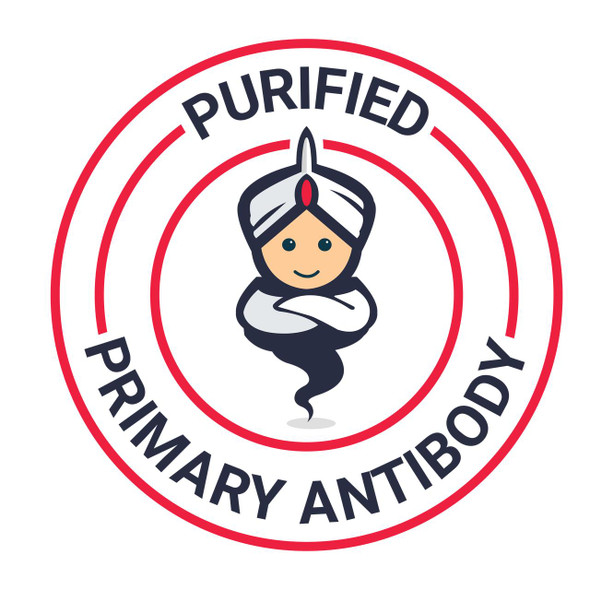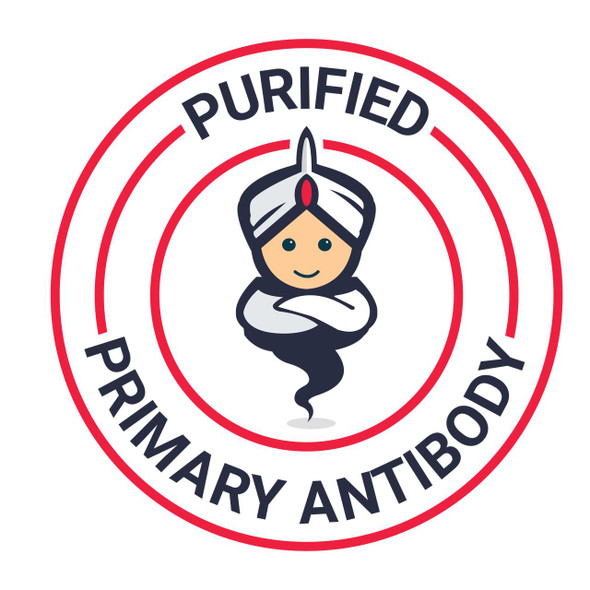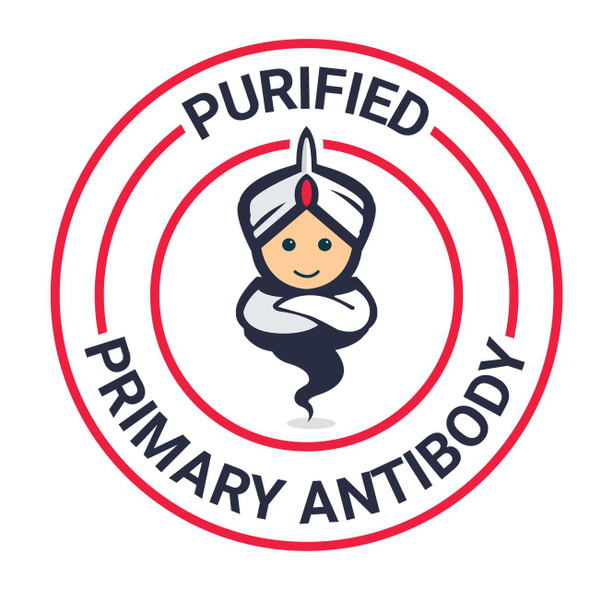Description
| Product Name: | CD2 monoclonal antibody (FITC) |
| Product Code: | AGIM0303 |
| Size: | 100 µL |
| Reactivity: | Human |
| Clone: | LT2 |
| Applications: | Flow Cytometry |
| Conjugate: | FITC |
| Isotype: | IgG2a |
| Host Species: | Mouse |
| Storage: | Store at 4°C. Avoid prolonged exposure to light. |
| Uniprot: | P06729 |
| Background: | CD2 belongs to T lymphocyte glycoproteins of immunoglobulin superfamily. Its interaction with CD58 stabilizes adhesion between T cells and antigen presenting or target cells. Relatively low affinity of CD2 to CD58 (as measured in solution) is compensated within the two-dimensional cell-cell interface to provide tight adhesion. Moreover, T cell activation induces increased CD2 expression and its lateral mobility, making easier contact between CD2 and CD58. Subsequently T cell activation causes fixation of CD58-CD2 at sites of cell-cell contact, thereby strengthening intercellular adhesion. CD2 deficiency reduces intestinal inflammation and helps to control infection. |
| UniProt Protein Function: | CD2: CD2 interacts with lymphocyte function-associated antigen (LFA-3) and CD48/BCM1 to mediate adhesion between T-cells and other cell types. CD2 is implicated in the triggering of T- cells, the cytoplasmic domain is implicated in the signaling function. |
| UniProt Protein Details: | Protein type:Cell surface; Membrane protein, integral; Apoptosis Chromosomal Location of Human Ortholog: 1p13.1 Cellular Component: anchored to plasma membrane; cell surface; external side of plasma membrane; extracellular region; integral to plasma membrane; intercellular junction; internal side of plasma membrane; plasma membrane Molecular Function:protein binding; protein homodimerization activity; receptor activity; receptor binding Biological Process: apoptosis; cell surface receptor linked signal transduction; cell-cell adhesion; heterotypic cell-cell adhesion; leukocyte migration; lipid raft polarization; natural killer cell activation; positive regulation of myeloid dendritic cell activation; positive regulation of tumor necrosis factor production; regulation of T cell differentiation; T cell activation |
| NCBI Summary: | CD2 is a surface antigen of the human T-lymphocyte lineage that is expressed on all peripheral blood T cells (summarized by Sewell et al., 1986 [PubMed 3490670]). It is one of the earliest T-cell markers, being present on more than 95% of thymocytes; it is also found on some natural killer cells but not on B lymphocytes. Monoclonal antibodies directed against CD2 inhibit the formation of rosettes with sheep erythrocytes, indicating that CD2 is the erythrocyte receptor or is closely associated with it.[supplied by OMIM, Jul 2010] |
| UniProt Code: | P06729 |
| NCBI GenInfo Identifier: | 160370002 |
| NCBI Gene ID: | 914 |
| NCBI Accession: | P06729.2 |
| UniProt Secondary Accession: | P06729,Q96TE5, |
| UniProt Related Accession: | P06729 |
| Molecular Weight: | 39,448 Da |
| NCBI Full Name: | T-cell surface antigen CD2 |
| NCBI Synonym Full Names: | CD2 molecule |
| NCBI Official Symbol: | CD2 |
| NCBI Official Synonym Symbols: | T11; SRBC; LFA-2 |
| NCBI Protein Information: | T-cell surface antigen CD2 |
| UniProt Protein Name: | T-cell surface antigen CD2 |
| UniProt Synonym Protein Names: | Erythrocyte receptor; LFA-2; LFA-3 receptor; Rosette receptor; T-cell surface antigen T11/Leu-5; CD_antigen: CD2 |
| Protein Family: | CD2 |
| UniProt Gene Name: | CD2 |
| UniProt Entry Name: | CD2_HUMAN |






